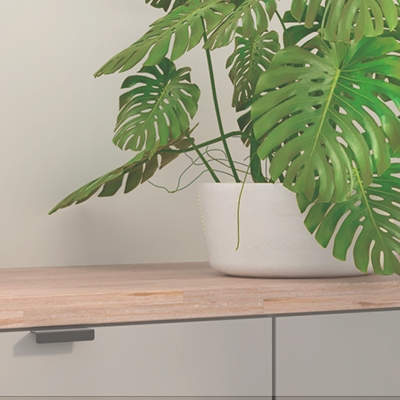
Design
8 Stunning Alternatives to Granite Countertops
10.16.2021

In This Article
Renovate confidently with Block
Get Your EstimatesKitchen countertops are a vital part of the kitchen. It’s the surface on which you chop, stir, and prep most of your meals, and where you roll out your pasta or pastry dough on special occasions. It might even be the spot where you sit down for a quick breakfast.
Choosing the right type of countertops can drastically enhance the look and feel of your kitchen (and its functionality, too). If you’re considering installing new counters in your kitchen, there are some styles, colors, and patterns you might want to consider, from practical granite to luxe marble, and retro tile. But regardless of your desired look, here are some things to consider when planning to install kitchen countertops.
Once you’ve decided your kitchen needs new countertops, there are some things that you need to consider.
Let’s take a look at how you can go about your kitchen countertop installation.
Remove The Old Countertop
To prepare for a new kitchen countertop installation, you need to remove the old one. Follow these steps:
Measure For Installation
Once you’ve chosen the material you want, take accurate measurements of the countertop space. Measure the distance from the kitchen wall to the front of the cabinets along the lines of the wall. This will give you the measurement of the top of the base.
Cut The Countertop With Precision and Accuracy
After taking the measurements of the space, proceed with cutting the countertop material according to your requirements. To begin with, lay the countertop on the base of the cabinet. Ensure that it is level and has its edges aligned with the bottom.
If you don’t feel confident about making the perfect cut, get a professional to work on it. The countertop must be cut with precision and accuracy and can easily be cut at a stone yard and delivered and installed in the right dimensions.
Install The Sink
Before installing the countertop, it is important to install the sink. Take exact measurements of the space and drill holes for the faucet. Use high-quality adhesives around the edges of the counter hole to ensure that the sink is installed correctly.
Install The Countertop
Before you begin installing the countertop, ensure that there is enough stability beneath it. This step is vital to ensure safety as the countertop can break or crack and damage the cabinets.
Once you’re confident that the structure is stable, add adhesive beneath the countertop. It is important to ensure that the surface is level before you add the sealant. Then, move on to placing the countertop on top of the adhesive accurately. Finally, make sure that you align the countertop with the wall and ledges.
Seal The Edges
Seal the joints and edges of the countertop. To do this, you can use caulking or silicone, which is preferably water-resistant. Once the edges have been sealed, allow the countertop to settle.
Connect The Water Lines
If the kitchen countertop has a sink, you need to connect the water lines to have a functional kitchen. Moreover, you also need to ensure that the faucet and pipes are tightly connected. To avoid leaking, use some adhesive.
Your kitchen is now fully functional with a stylish countertop! If you’re interested to know more about kitchen countertop installation, connect with us at Block to learn more.
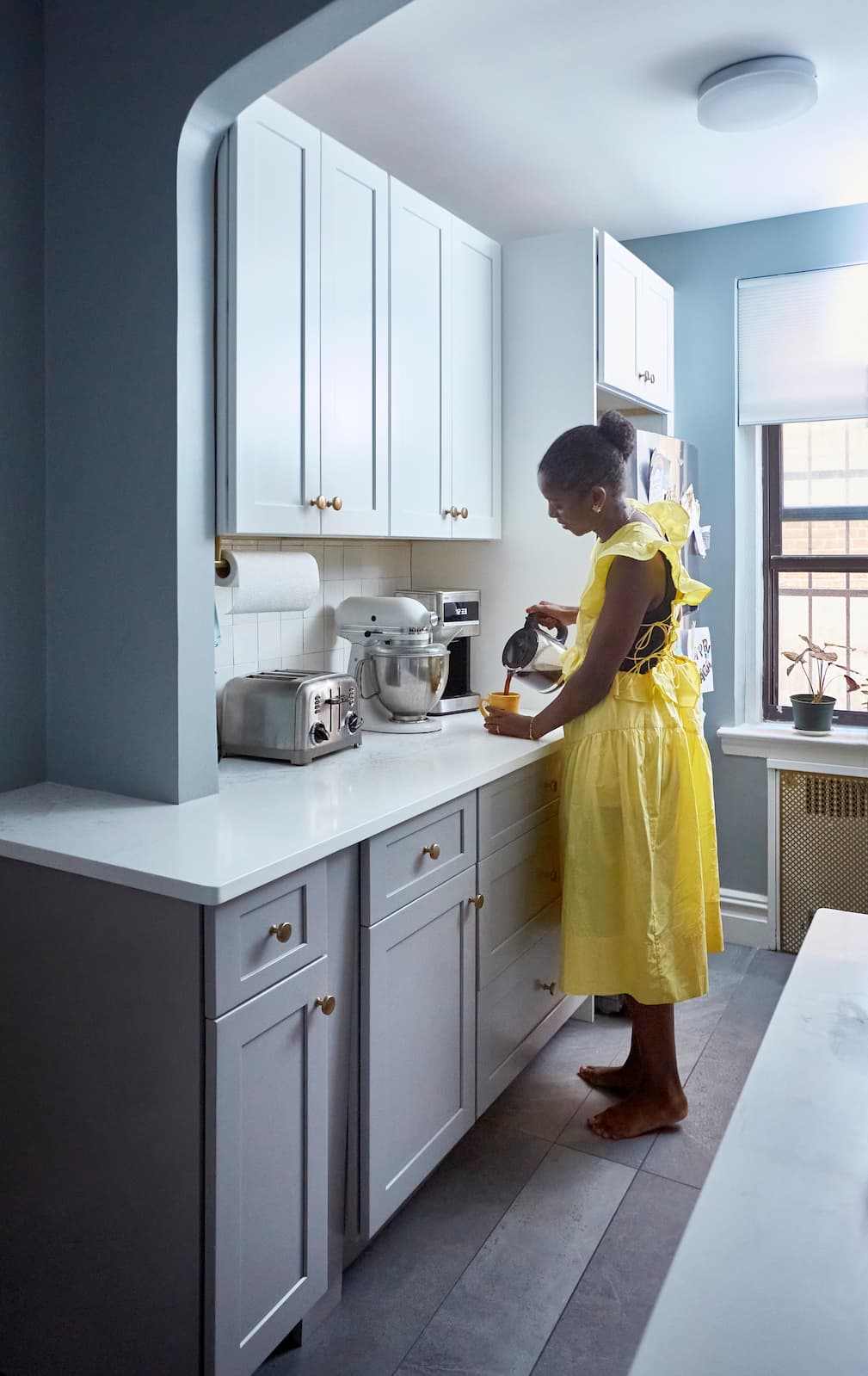
Renovate confidently with Block
Easily compare quotes from top quality contractors, and get peace of mind with warranty & price protections.
Thousands of homeowners have renovated with Block

4.5 Stars (100+)

4.7 Stars (100+)

4.5 Stars (75+)

Design
8 Stunning Alternatives to Granite Countertops
10.16.2021
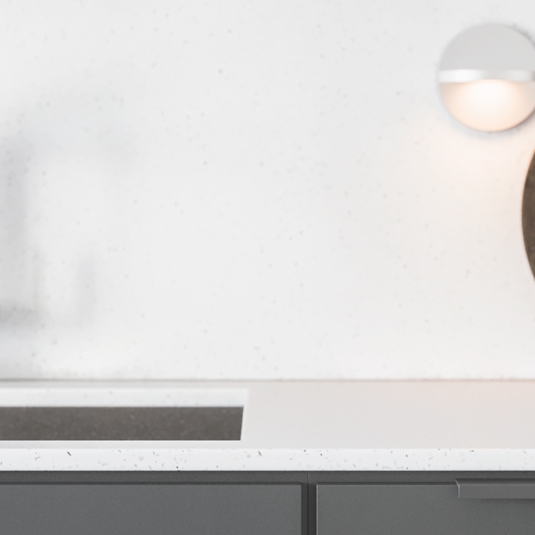
Design
What To Consider When Installing Kitchen Countertops
09.29.2021
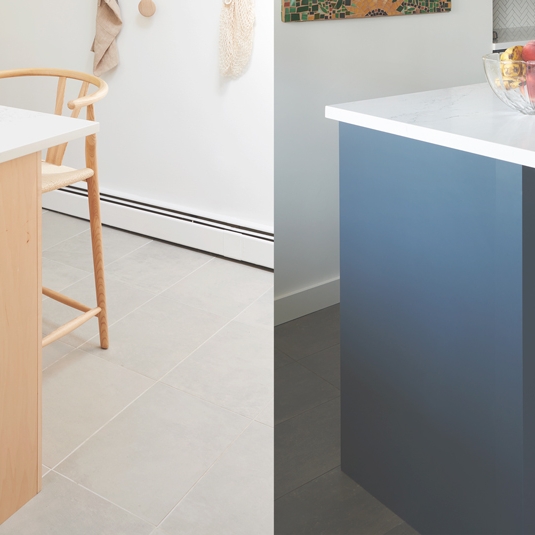
Design
How to Incorporate Freestanding Kitchen Cabinets into Your Space
09.29.2021
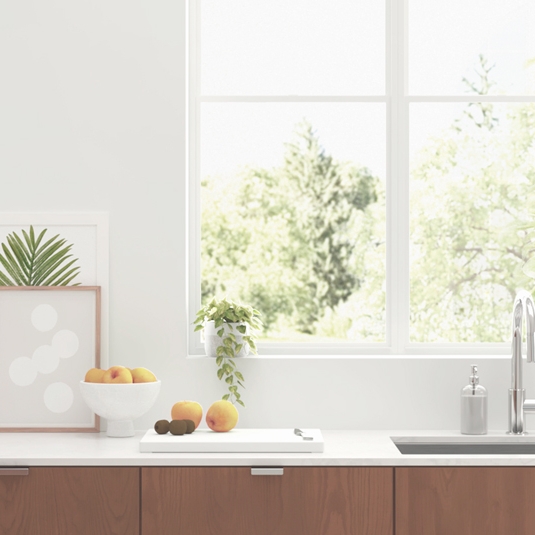
Design
The Best Paint Colors For Your Kitchen Walls
09.29.2021
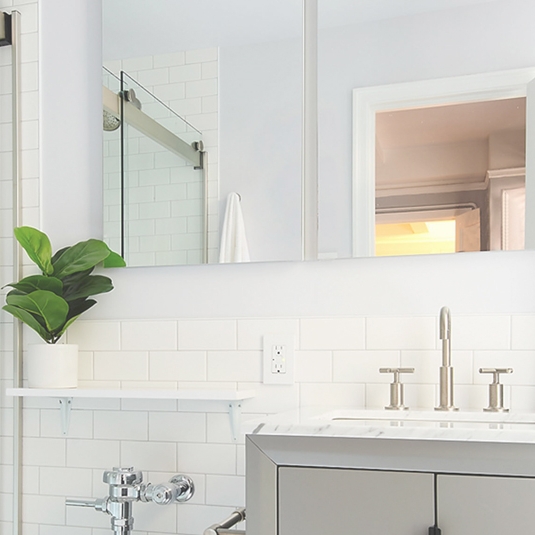
Design
The Minimum Bathroom Size – How to Make the Most of Your Small Space
09.28.2021
Renovate confidently